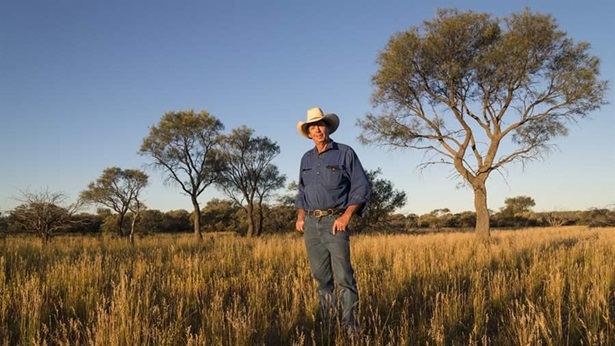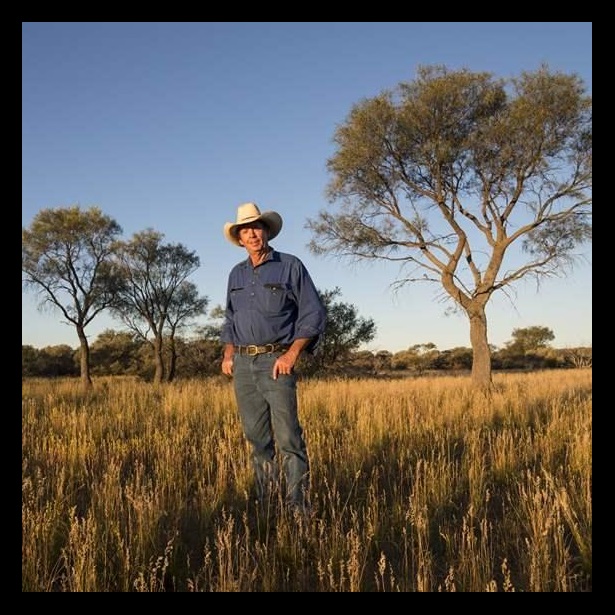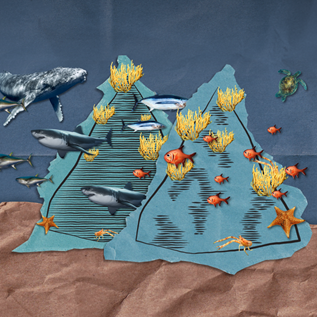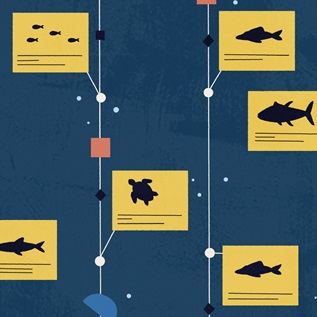As Extinctions Mount in Australia’s Outback, a Sanctuary Offers Hope
Some of the country’s most threatened species are rebuilding behind ‘feral-free’ fencing
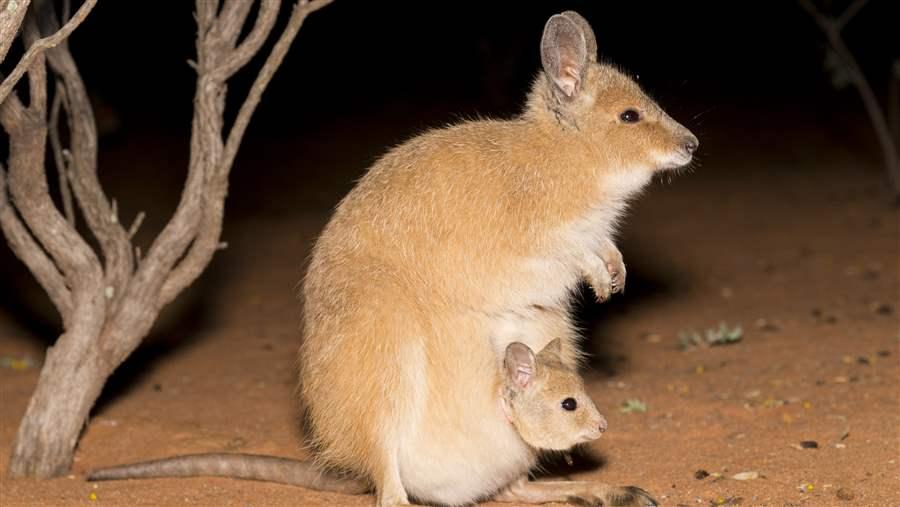
A mother mala and her joey at the Scotia Wildlife Sanctuary. These small marsupials, which are extinct in the wild, are beginning to recover in numbers in the safety of the sanctuary’s large, fenced area.
© Kerry TrapnellThis blog post was updated in June 2017, with links to My Country, Our Outback
This post is an extract from The Pew Charitable Trust’s new report “My Country, Our Outback; Voices From the Land on Hope and Change in Australia’s Heartland.” The report is the second in Pew’s peer-reviewed Outback Papers series, which focuses on conservation priorities and challenges in the Outback.
Australia’s Outback, one of the world’s largest untouched regions of nature, spans 5.6 million square kilometres (2.2 million square miles) and covers more than 70 percent of the continent—equivalent to more than half of the United States. With landscapes stretching from scorching desert and rolling grasslands to lush forests and tropical beaches, the Outback is an area of extremes. Here, rivers still flow freely and native animals migrate in large herds. However, many of the region’s natural values are increasingly under threat from uncontrolled wildfire and introduced plants and predators, such as feral cats.
Pew is working with a broad range of stakeholders in the Outback, including Indigenous people, scientists, conservation organisations, industry, and government agencies, to conserve these critical landscapes and habitats. The Pew study ‘My Country, Our Outback’, set for release June 20, explores both that work and the strong connection Australians have to the Outback.
Among those people is Felicity L’Hotellier, south-east senior field ecologist at the Scotia Wildlife Sanctuary, which is working to save some of the most imperilled species of Australia, a country with the highest mammal extinction rate in the world.
The sanctuary, which is run by the non-profit Australian Wildlife Conservancy, sits on 647 square kilometres (250 square miles) on the New South Wales-South Australia border, is home to some of the largest remaining populations of those threatened mammals. They include the mala—which L’Hotellier describes as “little balls of fluff with tiny T. rex-type arms” that would likely be extinct on the Australian mainland without the protection of the sanctuary’s electric fences. Another imperilled species, burrowing bettongs, once had one of the largest geographical ranges of any Australian mammal. But like the mala, the bettong is absent from mainland Australia outside of sanctuaries such as Scotia.
A key feature of Scotia is a fence that encloses 80 square kilometres (31 square miles) and keeps out feral predators. “Time travel is possible,” L’Hotellier tells those who visit her sanctuary. “As soon as you walk through that gate, you’re effectively walking back 200 years in time. This is what the landscape looked like before cats and foxes wrecked things.”
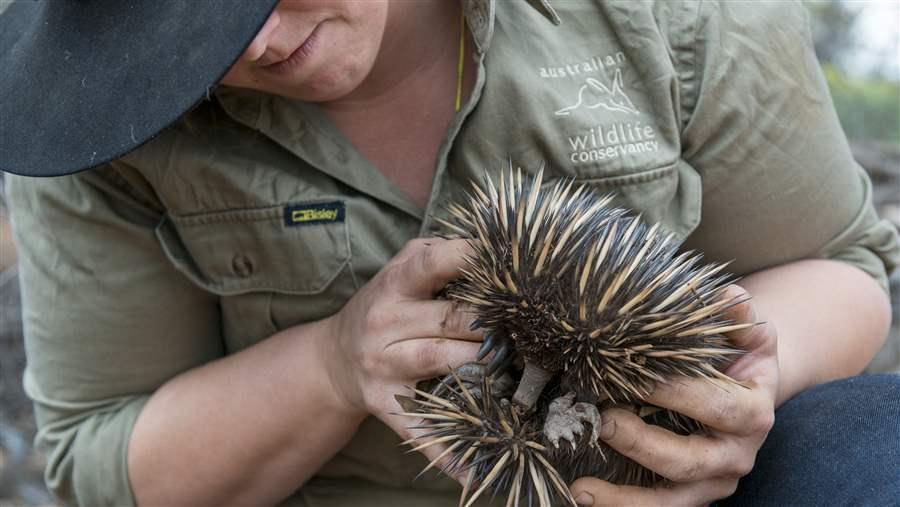
Felicity L’Hotellier and the Scotia team regularly monitor the sanctuary’s reptiles and mammals, including this echidna, or spiny anteater.
© Kerry Trapnell
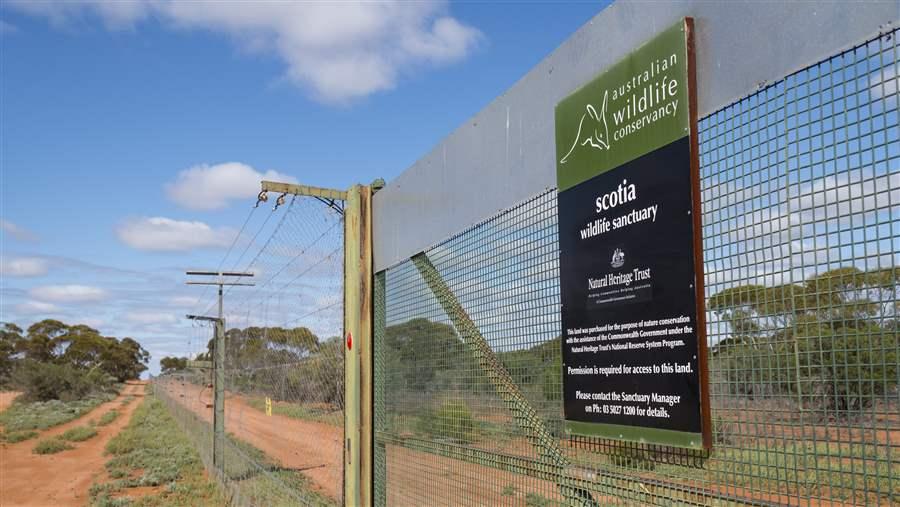
Predator-proof fences protect Scotia’s endangered mammals from feral cats and foxes, non-native species that have contributed to Australia’s high rate of extinctions.
© Kerry Trapnell
Through her work at Scotia, L’Hotellier protects some of the largest remaining populations of threatened native plants and animals, including almost 25 per cent of Australia’s numbats, 15 per cent of the bilby population, and over 90 per cent of the country’s bridled nail-tail wallabies.
Scotia is home to more than 400 brush-tailed bettongs. Inside the fence, the property is also hosts self-sustaining populations of about 240 numbats, 870 burrowing bettongs, nearly 1,200 bilbies, and 2,200 bridled nail-tail wallabies.
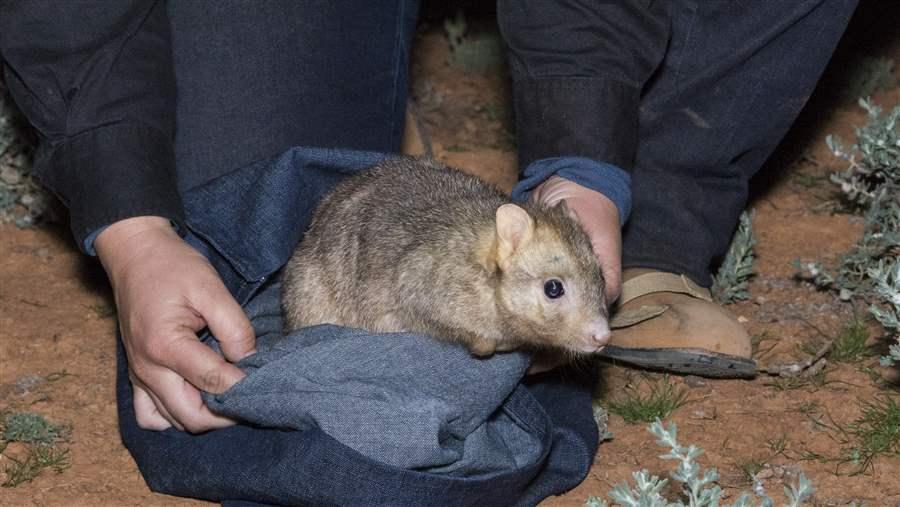
L’Hotellier and a host of volunteers protect and monitor the endangered burrowing bettong at the Scotia sanctuary.
© Kerry Trapnell
L’Hotellier says she hopes fenced-off areas, while a critical tool for sustaining species now, don’t prove to be the long-term answer to Australia’s mammal extinction crisis. “Australia has a really poor report card when it comes to recent extinctions, so if we don’t act now, we’re going to lose everything,” she says.
Staff at Scotia hope to re-establish some endangered native species outside of the fence within the next decade. “In the early years, we didn’t have the abundance of animals we have now, and seeing the growing numbers and knowing what we’re doing is working, is a really good feeling,” says L’Hotellier.
“People ask, ‘Why do we need to save these animals?’ It’s not just about [that]; it’s about saving the whole environment,” she explains, noting that each species in an ecosystem relies on other pieces for survival. “Everything has evolved so intricately.”
L’Hotellier says she’ll have achieved her goal the day she can open the gate in the fence and leave it open. It will be a time when so much more of the ground beneath her feet is alive with native biodiversity.
Barry Traill directs The Pew Charitable Trusts’ Outback to Oceans program. Daniel Lewis is an Australian writer and author of 12 case studies included in ‘My Country, Our Outback: Voices From the Land on Hope and Change in Australia’s Heartland’.
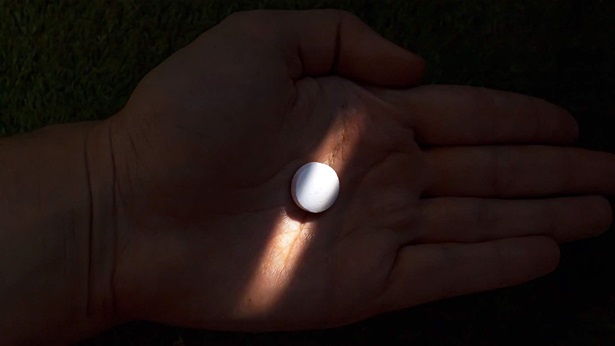
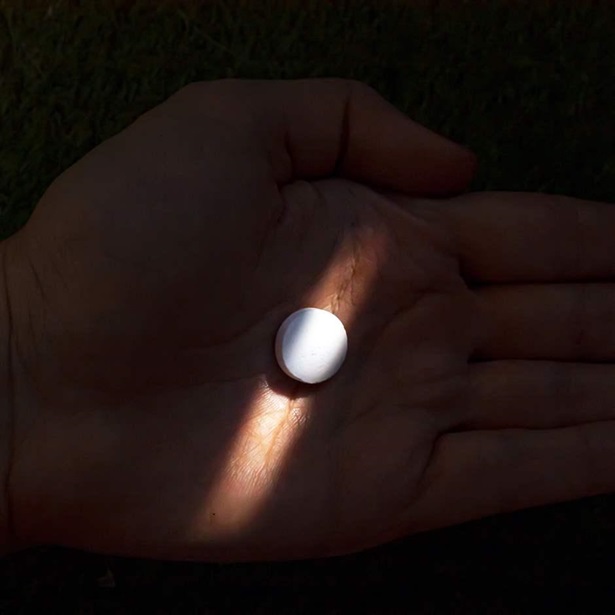
America’s Overdose Crisis
Sign up for our five-email course explaining the overdose crisis in America, the state of treatment access, and ways to improve care
Sign up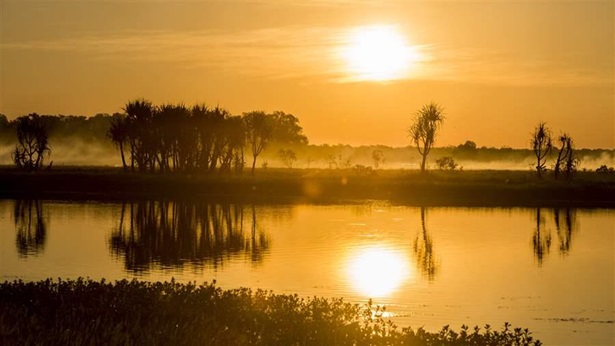
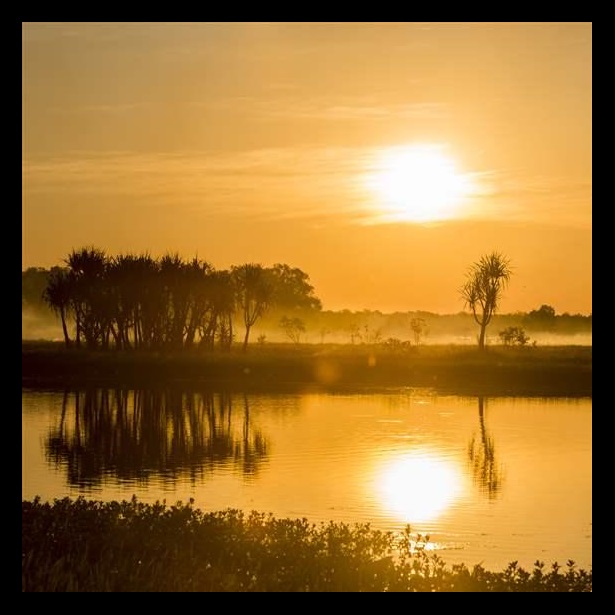
Hope for Australia’s Heartland
New report “My Country, Our Outback” showcases successful land, marine management


My Country, Our Outback
Voices from the land on hope and change in Australia’s heartland
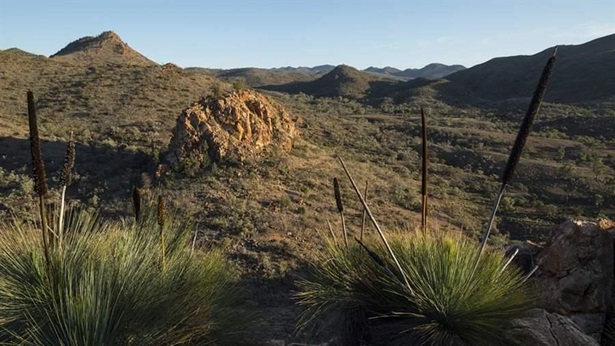
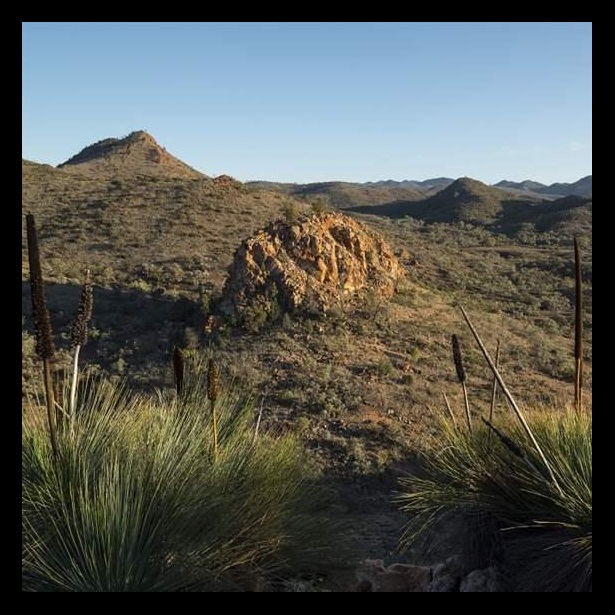
These 3 Steps Could Save the Outback
Countering threats to nature in remote areas requires people, policy reforms and greater Indigenous involvement
